14 Districts of Kerala – Some less-known and interesting facts to share
Kerala is one among the smallest states of India, and it has been divided into 14 districts. Through this column I shall share some of the interesting facts, and a few unknown facts about 14 districts of Kerala. Hope you will love it.
1. Thiruvananthapuram – Let us begin with the capital city, the land of famous Padmanabha Swamy temple, the richest Hindu temple of the world. The land of Anantha is also known as the city of 70 hills. More than 2000 temples are located here. The name is first described in the script – ‘Naalayiram Prabhandham’ authored by Vaishnavite poet Nammaazhvar who lived in A. D. 900.

Padmanabha Swamy temple – World’s richest temple
The most densely populated district of Kerala, it also includes maximum statues of the state. First radio station and television transmission station of the state were also started here. The name of the district is coined from the name of holy serpent ‘Ananthan’ on which Lord Vishnu resides.
2. Kollam – This district is also known as ‘Cashew capital of the world’. The only police museum of the state is located in Kollam, and it’s named after Sardar Vallabhai Patel. It’s one of the rare districts of Kerala, where a common Malayalam word has been used to name it.
In fact Malayalam calendar, also known as Kollavarsham or Kollam era was started here. It was initially used in a small local area of Kollam, and gradually spread across Kerala and accepted by all. There are many theories surrounding ‘Kollavarsham’. Some historians believe that it was started in the memory of the establishment of Kollam town, while a few others believe that it was exactly the same year when state capital was changed to Kollam. As recorded by Hermann Gundert, the whole town was destroyed in fire and was reconstructed later. Kollavarsham was started soon after the renovation of a Siva temple and installing of idol.
3. Pathanamthitta – A part of old central Travancore, it is also known as ‘Pilgrim capital of Kerala’ and the place of Lord Ayyappa in Sabarimala. It was officially formed on 1 November 1982.

Sabarimala – Temple with highest number of visitors among seasonal pilgrim places of Kerala
4. Alappuzha – The most beautiful district of Kerala, with greenery and backwaters, it is one of the best tourist locations of the country. It’s also known as ‘Venice of the East’. The place was addressed so for the first time with Lord Curzon. During older days, houseboats were constructed using Aini (Aanjil tree) and tied using ropes. Based on its quality, government gives ratings such as green palm, gold star, silver star etc. First telegraph office of Travancore kingdom was established in Alappuzha. ‘Kettuvallam’ (a type of boat) is the cultural symbol of Alappuzha.
5. Kottayam – One of the major centres of literature, Kottayam is nicknamed as Akshara Nagari or Land of Letters. Many of the first Malayalam dailies and magazines have their headquarters in Kottayam. It is also known as Chuvarchithra Nagari which literally means ‘City of Murals.
6. Idukki – This place was first officially recorded in the survey conducted by Douglas Hamilton. Idukki also tops in topographic isolation among all places of India. Anamudi, also known as ‘Everest of South India’ is located here. It’s the highest peak of south India. As it resembles the head of an elephant, it is given this name.

Anamudi – The highest peak of south India
7. Ernakulam – The central hub of Kerala, it also includes the biggest commercial city of state, Kochi. Kerala High Court and Cochin Stock Exchange are situated here. It is also the land of lakes and backwaters, and a major tourist hub as well. Kochi Metro – the first metro station of the state was also introduced here.
8. Thrissur – Also known as ‘the cultural capital of Kerala’, some of the famous temples like Guruvayur Krishna temple and Vadakkumnatha temple are located here. During ancient days, this portion was a dense forest, and criminals were exiled here as punishment. In those days, Vadakkunnatha Siva temple was also surrounded by dense forests. When those portions – now known as Thekkumkadu Maidan were cleared and trees were cut off, officials have to face strong protests from Brahmin community. In 1934 Thekkumkadu Maidan was officially handed over to Cochin Devaswam Board by Diwan Paruvakkadu Narayanan Nair.
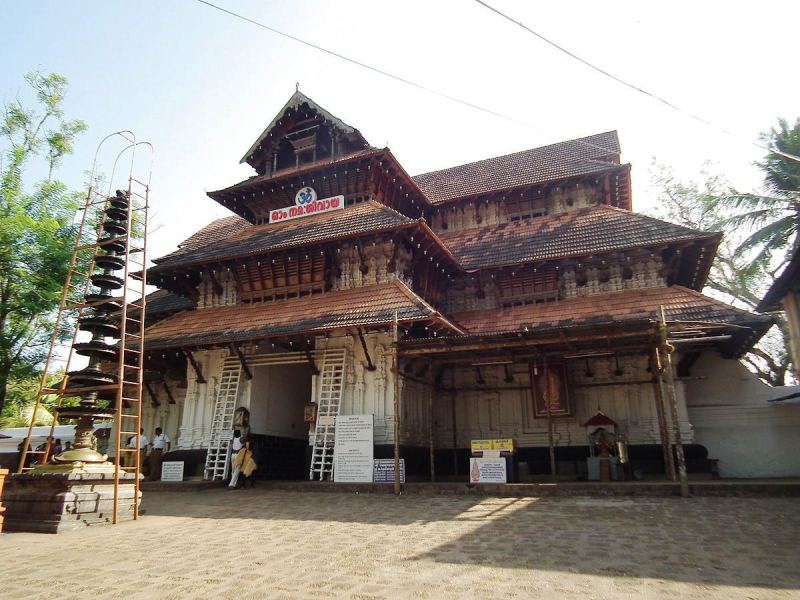
Vadakkunnatha Siva temple – Included in the list of UNESCO World Heritage Sites
Interestingly though the name of the ground is Thekkumkadu Maidan, which can be literally translated as ‘Maidan with teak forests’, there was not even a single teak tree before year 1970. Teak plantation was done by Cochin Devaswam Board later. Many great Indian leaders like Mahatma Gandhi, Jawaharlal Nehru, Rajiv Gandhi, Vajpayee, Narendra Modi etc have visited this place and delivered speeches. The famous temple festival – Thrissur Pooram is also conducted here during summer.
9. Palakkad – The biggest district of Kerala, it’s the hottest one too, during summer season. Also known as “Rice Bowl of Kerala”, Palakkad is one among the districts with large amount of cultivation of different agricultural products. Kerala’s first amusement park, Fantasy Park was established here. Palakkadan Matta is a trademark rice variety originally cultivated here. As per legends, the name ‘Palakkad’ came into existence during Sangha period, and the name was coined from a local word which means – Unused land. Kalpathi Ratholsavam is a famous celebration here, conducted at Sree Visalakshi Sametha Viswanatha Swami Temple.
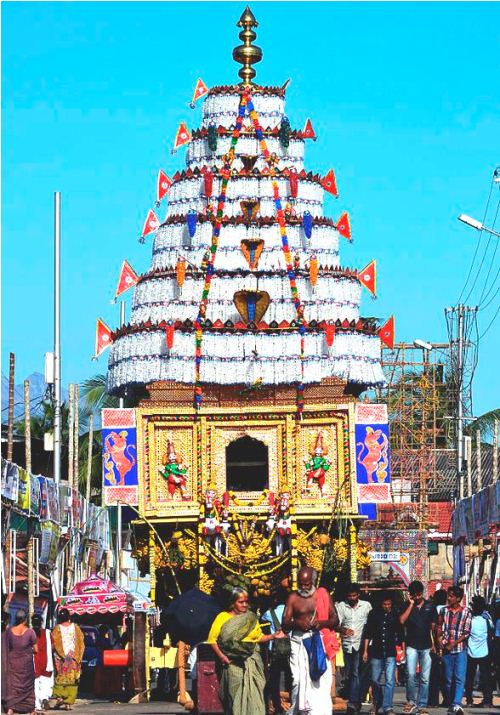
Kalpathi Ratholsavam
10. Malappuram – Computer literacy program, Akshaya was first implemented in Malappuram. Kudumbasree was also started in the district of Malappuram, and was inaugurated by Atal Bihari Vajpayee in 1998 with the aim of completely eradication of poverty of the state within a short time span of 10 years. It’s the biggest women organization of the state, aimed at women empowerment too. The basic unit is called ‘Ayalkoottam’. Kerala’s single Malayalam university – Thunjath Ezhuthacchan Malayalam University is situated in Thirur of Malappuram.
11. Kozhikode – The second largest urban agglomeration of Kerala, Kozhikode is also dubbed as the “City of Spices” for its role as the major trading point of Eastern spices. It owns centuries-old tradition in the trade of spices with many foreign nations. Portuguese explorer Vasco da Gama reached India in 1498 for trading purposes, and he landed here in Kapad.
12. Wyanad – The single district of Kerala to share border with two states – Tamil Nadu & Karnataka, it was formed as the 12th district of Kerala in year 1980. The name was originally derived from ‘Wayal Nadu’ which means ‘Land of Paddy’. India’s largest and Asia’s second largest earth dam – Banasura Sagar Dam is situated here. There is one mirror temple for Jains with interior walls fully decorated by mirrors – Glass temple of Koottamunda. Single Lava – Kusa temple of Kerala is situated in Pulpally.

Banasura Sagar Dam – Asia’s second largest & India’s largest earth dam
13. Kannur – In the ancient Greek work – ‘Periplus of the Erythraean Sea’ written in 1st AD, it’s mentioned about Kannur as ‘Naura’. Kuyilur dam was named after a king, none other than Kerala Varma Pazhassi Raja. It’s also called Pazhassi Dam. Asia’s largest naval academy – Ezhimala Naval Academy is located here. Also Kerala’s deive in beach – Muzhuppilangaad is situated in Thalassery.
14. Kasaragod – This district has numerous religious monuments, temples and mosques built on the principles of Kerala Vasthu. The district also owns Kerala’s single lake temple, Anantapura Lake Temple, which is believed to be the original seat of famous Padmanabha Swamy temple, Thiruvananthapuram. Kasragod is also known for several historic forts, deeply linked with Kerala history.

Anantapura Lake Temple
Kasaragod is also known as ‘God’s own country’. It came into existence in 1984 May 24. There are many spoken languages in this district apart from Kerala’s official language, Malayalam. People speak Hindustani, Tulu, Urdu, Kannada, Konkani and Byari, thus giving a mix up of cultures. For the same reason, this district is also known as ‘Sapta Bhasha Sangama Bhoomi’ or ‘Land of union of 7 languages’.


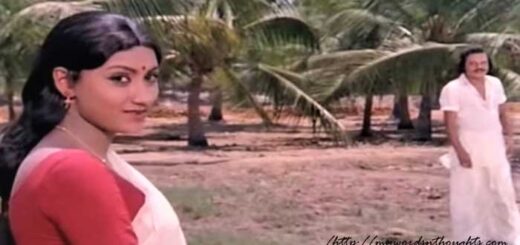
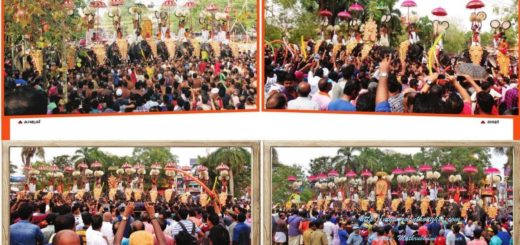
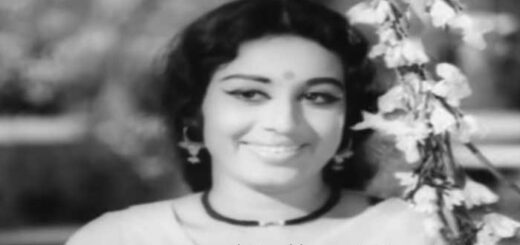









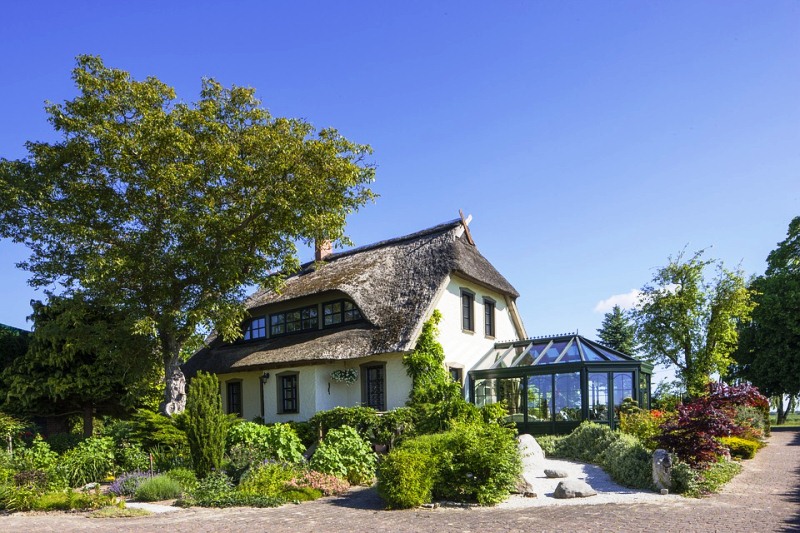
Recent Comments